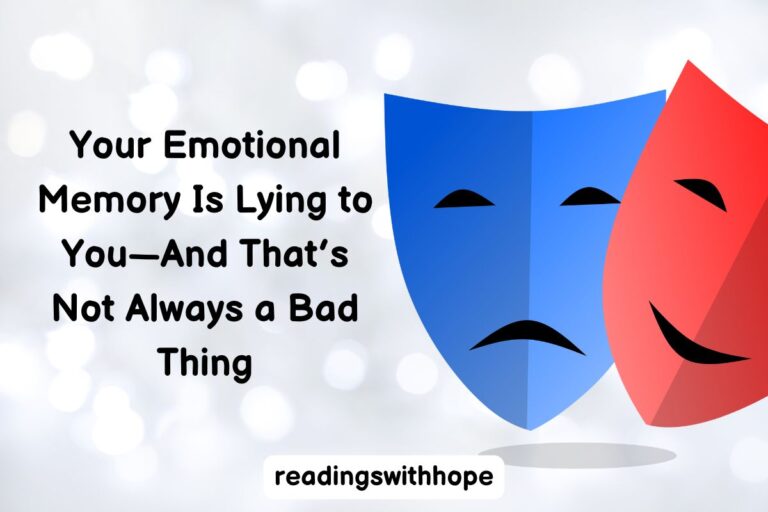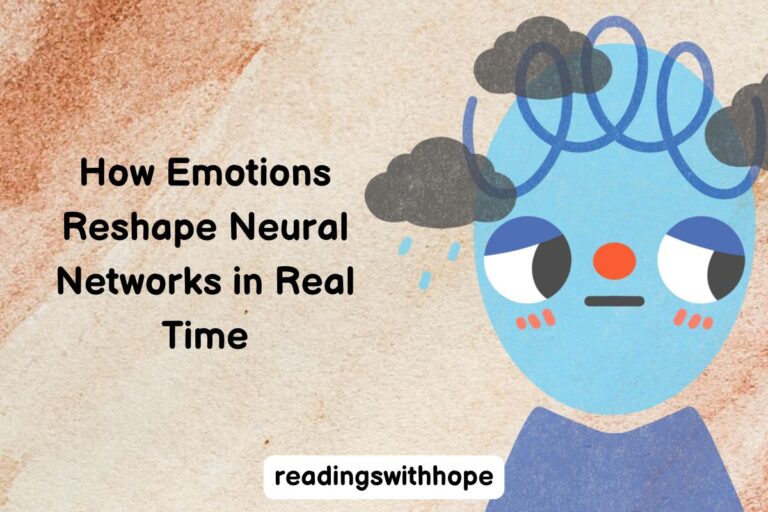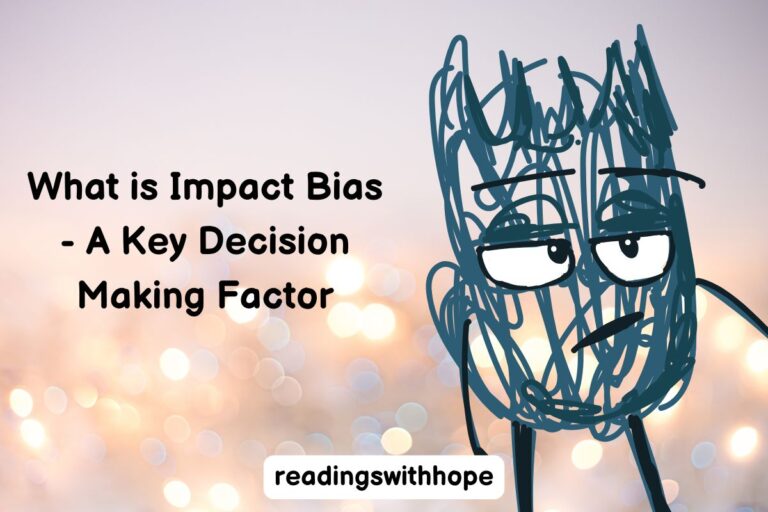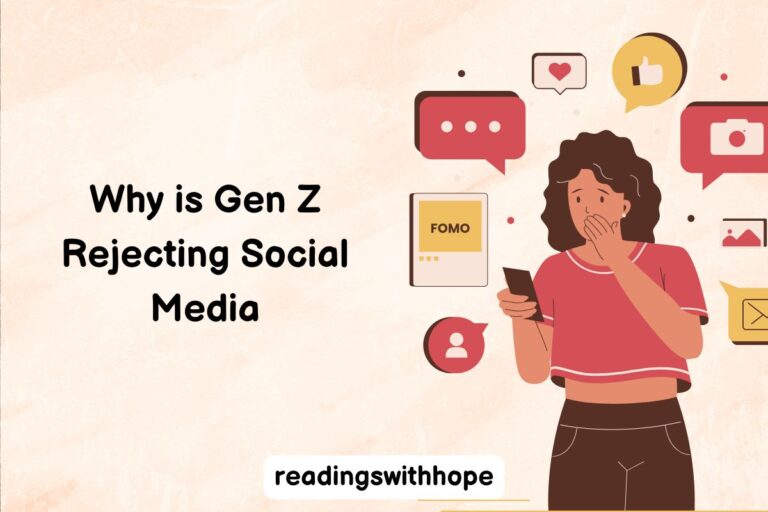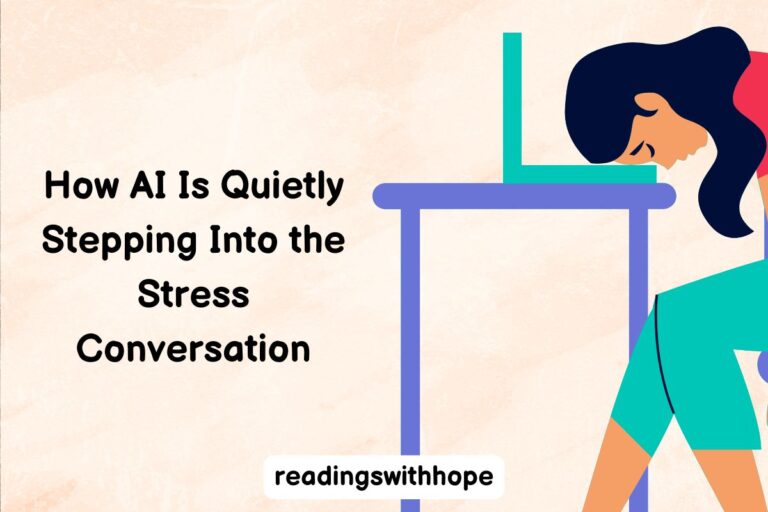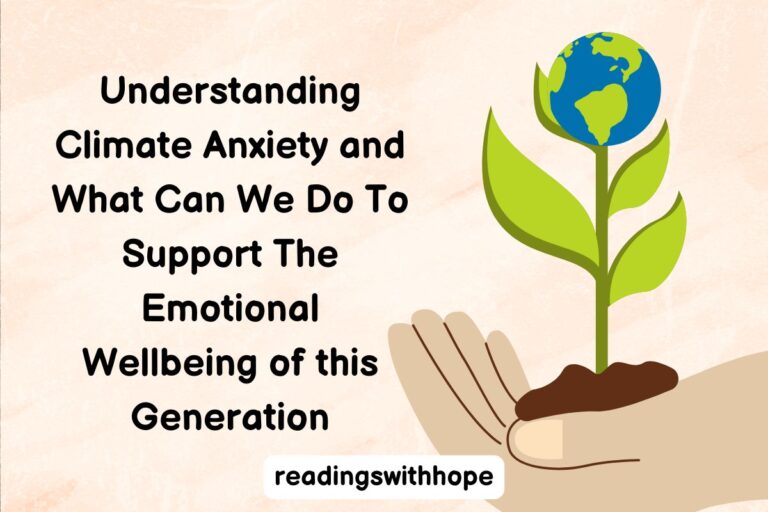Homo Emotionalis – Why Your Feelings Make Better Decisions Than You Think
I’ve been diving into Homo Emotionalis and Emotional Choice Theory (ECT), and I’m genuinely excited to share what’s so fresh—even for us who’ve been in this sphere a while. ECT positions individuals not just as rational calculators or norm-followers, but as emotional, social, physiological beings whose emotions meaningfully direct decisions.
What’s striking is the framing: emotions aren’t biases to be corrected—they’re functional drivers that infuse choices with meaning. I’ll walk you through how this model resets assumptions we might take for granted about rationality, culture, and affective signals leading to action.
Core ideas behind Emotional Choice Theory
Let’s talk structure. Emotional Choice Theory is built in layers, and it’s this crisp layering that reveals something new even to experts.
What exactly is Emotion in ECT
This model defines emotion as a transient mix of biological and cultural responses—appraisals, bodily cues, expressive behavior—all coordinated to help us respond to key stimuli. It steers away from emotion‑as‑error metaphors. Instead, it says: “emotions tell us what we value, what repels us, and when our norms or identities are activated.” That framing reshapes how we interpret emotional triggers—not as noise, but information.
Why ECT matters to choice theory
We’ve long relied on homo economicus or homo sociologicus models. ECT pushes back, arguing those theories systematically ignore affective capacity—even though modern neuroscience shows most of what our brains do is unconscious and emotion-driven, not reflective. In other words, feeling isn’t the enemy of reason—it’s its prerequisite.
How culture fits into the emotional system
Emotions don’t float free. Cultural norms and identities shape both how emotions are felt and whether they matter in decision contexts. That means ECT brings culture into the internal architecture of decision-making, not just as background—but as a force that determines which emotions activate.
Exploring the kinds of emotions in Homo Emotionalis
I find this distinction especially illuminating because it pushes our analytic clarity. Beichelt’s typology maps emotion onto three actionable forms:
- Binary emotions: immediate, reflexive signs like appraise vs. withdraw
- Basic emotions: classic affective states like fear, anger, joy, grief
- Reflexive emotions: socially mediated, reflective, often tied to evaluations observers make about appropriateness.
This breakdown helps explain why some emotional reactions spark decisions immediately, while others build over time or get negotiated socially.
What triggers emotional choice
The theory argues emotions kick in when an actor spots an event as relevant to a need, goal, value, or concern. These emotional motivators are short‑term catalysts that can upend purely rational or norm‑based models. And because each emotion has its own logic—think fear triggers flight or fight, hope opens ways forward—people don’t just react; they react in patterned ways depending on which emotion is in play.
If we pause here, you can see the elegance: ECT gives us a model that is precise but flexible, bridging affect neuroscience, cultural sociology, and decision analysis. And I’m only scratching the surface of how that plays out in real political or organizational contexts.
How Emotions Shape Political and Social Actions
I want to walk you through how Emotional Choice Theory (ECT) reframes political and social decision-making—and I’ll show you why it matters even for seasoned scholars. Stick with me—it gets surprisingly grounded and actionable.
I’ll start by putting political emotions in conversation with the logic of affect, then layer in examples that bring the theory to life.
Emotions in Political Choices
You’ve probably seen rational-choice theories treat emotion as something to be stripped out. ECT turns that on its head. It insists that emotional signals—like fear, anger, hope, pride, and humiliation—aren’t just noise; they’re core drivers in high-stakes decisions, especially under coercive or crisis conditions.
For instance, in coercive diplomacy settings, a leader’s response to external pressure hinges heavily on whether threats trigger fear or humiliation, or whether promises generate hope or pride. ECT maps out these emotional pathways and shows how affect interacts with norms and identity to shape whether demands are accepted or rejected.
It’s fascinating because it gives us analytical traction: we can actually predict when, how, and why a leader or government will pivot—beyond utility calculations.
Why this matters in practice
Take a crisis negotiation. Two countries are at odds. A rationalist model might say: “State A will concede if the cost of resisting is higher than compliance.” But ECT suggests this: if State A interprets intervention demands as a violation of national honor, reflexive emotions like humiliation might drive them to resist even at great cost—and that resistance could be strategic, signaling toughness rather than stupidity.
That shift in perspective gives us richer insight into escalation and de-escalation dynamics in international relations—insights that traditional cost-benefit models often miss.
Emotional framing in public discourse
On a social scale, policymakers and leaders often craft emotive frames to mobilize publics. We see this when campaigns stoke fear for security or hope for progress. Emotions like anxiety heighten public vigilance and drive information seeking, while anger often leads to mobilization or rejection of institutions perceived as unjust.
ECT helps us trace how these frames activate underlying values and emotional dispositions—thus shaping behavior en masse. It’s not just rhetoric: it’s a mechanism by which emotion becomes political force.
Emotions in Personal and Organizational Decisions
Now, let’s shift from politics to the micro-level, and look at how ECT illuminates personal and organizational choices in dynamic, messy real-world contexts.
Emotions guiding individual decisions (text-based)
Imagine you’re advising someone choosing a new career path. Traditional models have them weighing pros and cons. But ECT says: their emotional responses—like excitement about autonomy, anxiety about risk, or pride in mastering a domain—are integral inputs.
Those feelings anchor preferences and activate decision logic that goes beyond spreadsheets.
In other words, emotions aren’t post-decision fluff—they’re decision inputs, especially when information overload makes rational analysis brittle.
Implications across levels (list-based)
These are implications that help even experts see new angles:
- At the individual level:
- Emotions such as fear or excitement serve as somatic markers that guide decisions under uncertainty—often more reliably than cold analysis.
- Impact bias is important: people overestimate how long an emotional reaction (like joy or regret) will last—which can skew planning.
- Emotional intelligence—recognizing, differentiating, and managing emotions—is essential in integrating emotion-based cues into decisions.
- Emotions such as fear or excitement serve as somatic markers that guide decisions under uncertainty—often more reliably than cold analysis.
- At the interpersonal or organizational level:
- Emotional contagion spreads group norms and culture: mood states often cascade through organizations, influencing risk-taking or innovation.
- Reflexive emotions—like shame or pride—operate as social signals, reinforcing accountability or rewarding norm adherence.
- Emotional contagion spreads group norms and culture: mood states often cascade through organizations, influencing risk-taking or innovation.
- At the policy or leadership level:
- Emotional appeals—crafted narratives of hope, fear, pride—aren’t just marketing moves; they’re strategic levers that tap into collective values and emotional energies.
- In crisis or uncertainty, emotions like anxiety can heighten deliberative attention or motivate collective action in ways rational messaging often fails to reach.
- Emotional appeals—crafted narratives of hope, fear, pride—aren’t just marketing moves; they’re strategic levers that tap into collective values and emotional energies.
Final Thoughts
Pulling all this together, Emotional Choice Theory gives us a fresh, rigorous lens to rethink decision-making across levels—from individual to global. It centers emotions not as distortions or mistakes, but as functional, patterned, and predictive forces—bridging neuroscience, sociology, and political analysis in ways rational-choice alone can’t.
When you apply ECT, you start asking different questions:
“What emotional logic is active here?”
“How do norms, identity, and affect interplay?”
“What decision pathways open or close when fear shifts to hope—or pride to humiliation?”
I hope this part has shown you how ECT deepens both theory and real-world insight—and gives us tools to unpack choices that rational models just can’t fully account for.

